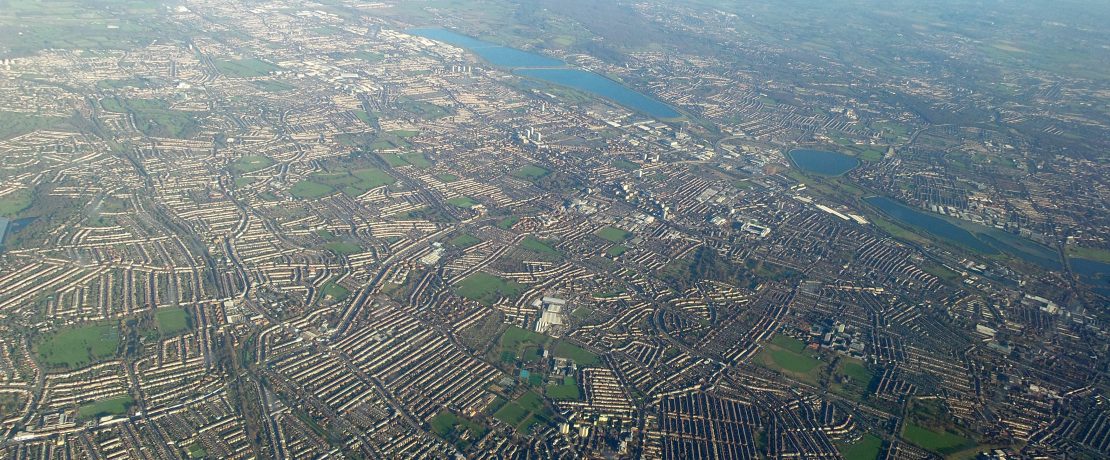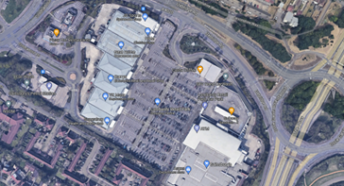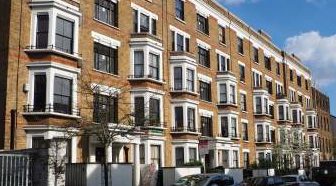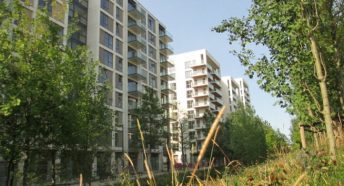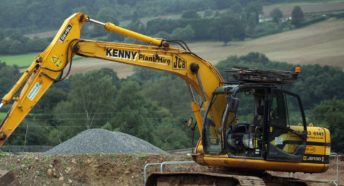Space to build in Enfield
MEDIA RELEASE
Weds 13 February 2019 – FOR IMMEDIATE RELEASE
For further comment please call Alice Roberts CPRE London 07792942691
Space for 37,000 new homes within Enfield’s previously developed land
Building on Enfield’s Green Belt is “worst possible option” for Enfield residents, say campaigners
CPRE London [1] has worked with local groups Enfield RoadWatch [2] and The Enfield Society [3] to publish today (Wednesday) Enfield – Our Report [4] – evidence they intend to use to support their responses to Enfield Council’s Local Plan consultation.
Alice Roberts of CPRE London said “Our report shows that Enfield Council should not even be considering building on Green Belt. There is plenty of space to build new homes within Enfield’s previously developed land. We’ve already found space for 37,000 new homes and that’s really just a start.”
“But our research also shows that building housing at Crews Hill [5] in Enfield’s Green Belt would be the worst possible option for Enfield residents. It cannot provide affordable housing [6], would mean more congestion and traffic [7], and would destroy a cluster of much-loved businesses which are visited by people from all over north London and beyond – an important piece of Enfield’s economy which cannot be replaced.
“The type of low-density housing which is typical of Green Belt developments will contribute little towards the borough’s housing target. Building on Enfield’s Green Belt would mean giving up large swathes of valuable green land for very few new homes. And those will predominantly be expensive homes.
“There are much better options. Large ‘opportunity’ sites, like the Southbury area, can and should be ‘masterplanned’ for high quality, high density (though not high rise) housing developments which are ‘walkable’ and where space is used for housing rather than lots car parking, as happens with low-density Green Belt development. [8] This type of high density housing is more affordable for young people and people on lower incomes – people who are also more likely to rely on public transport and are less able to afford a car. It can also include office space, schools, shops – everything people need.
Alice Roberts concluded:
“Enfield Council should put its limited resources into planning for high quality, high density development which can improve lives for all its residents – rather than focussing valuable time on displacing Crews Hill businesses, only to create expensive homes and worsen traffic congestion.
“As the London Plan goes through its Examination in Public, we are seeing a new round of pressure to release Green Belt from developers and landowners who stand to gain and who claim this will help to solve the housing crisis. Young people in particular are being cruelly misled. It will not solve Enfield’s housing crisis and will reduce access to the countryside. In fact, it is the worst possible option for all Enfield residents.”
ENDS
NOTES FOR EDITORS:
- CPRE London is a membership-based charity with 2,500 members around London, which campaigns to save Green Belt, Metropolitan Open Land and other green spaces within Greater London, and to make our capital city a better place to live for everyone. We are a branch of the national environmental charity, the Campaign to Protect Rural England.
- Enfield RoadWatch https://enfieldroadwatch.co.uk/ is an action group committed to campaigning to save Green Belt in Enfield and more widely
- The Enfield Society https://enfieldsociety.org.uk/about-the-society/ has about 2000 members and is one of the most active amenity societies in the country
- CPRE London, Enfield RoadWatch and The Enfield Society today publish Space to Build Enfield, the result of extensive research into ‘space to build’ in all 21 wards in Enfield.
- Enfield’s Local Plan Consultation documents point to the popular garden centre destination, Crews Hill, as an area which might be appropriate for housing development
- CPRE’s 2018 report showed that the vast majority of new homes being built in Green Belt are not affordable https://www.cpre.org.uk/media-centre/latest-news-releases/item/4930-green-belt-being-eroded
- Low density vs high density: pollution and childhood obesity Homes in Green Belt locations cannot be built to high density because public transport levels are not high enough. Even when close to stations, the majority of trips are made by car because people have no other option. Buses are few and far between and the train only takes you in a particular direction. So people living in Green Belt developments – and Crews Hill in Enfield would be no exception – would necessarily rely on car travel for most of their trips – and that means more car journeys, more traffic & congestion, and more pollution, when compared to locations close to Enfield’s existing town and district centres. Enfield and indeed the whole of London is facing dual health crises with air pollution and childhood obesity: a staggering 25% of Enfield’s Year 6 children were identified as being ‘obese’ in 2015/16 [https://www.trustforlondon.org.uk/data/child-obesity/]. As the Mayor of London recognises in his Transport Strategy, we need fewer car trips and more trips made by public transport, walking and cycling.
- Southbury area and transport. Our report shows that transport around the Southbury area, for example, can be improved at relatively low cost so it has the excellent public transport needed for high density development. Of course transport improvements at Southbury would be great news for the people in the area already relying on public transport.
